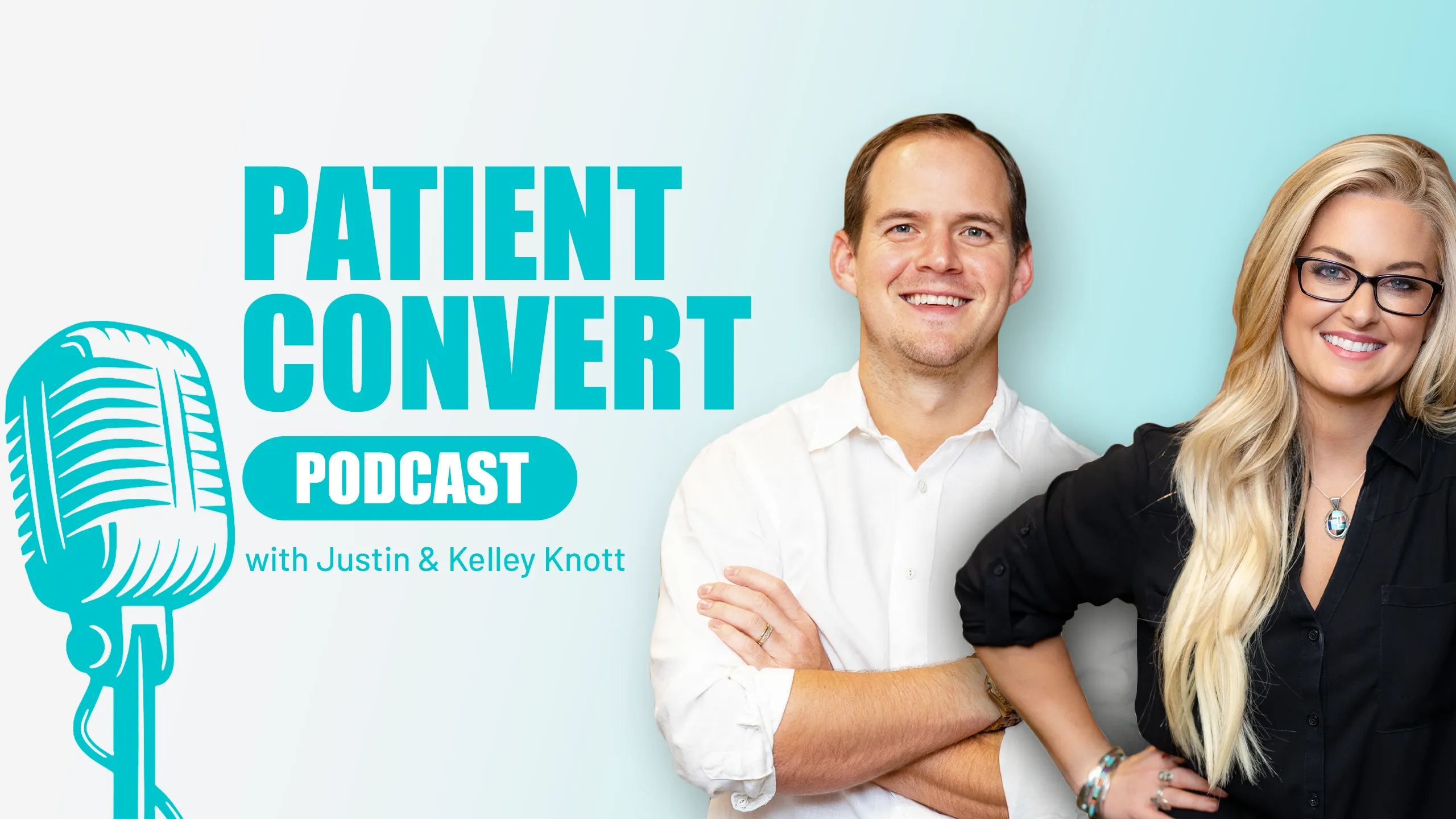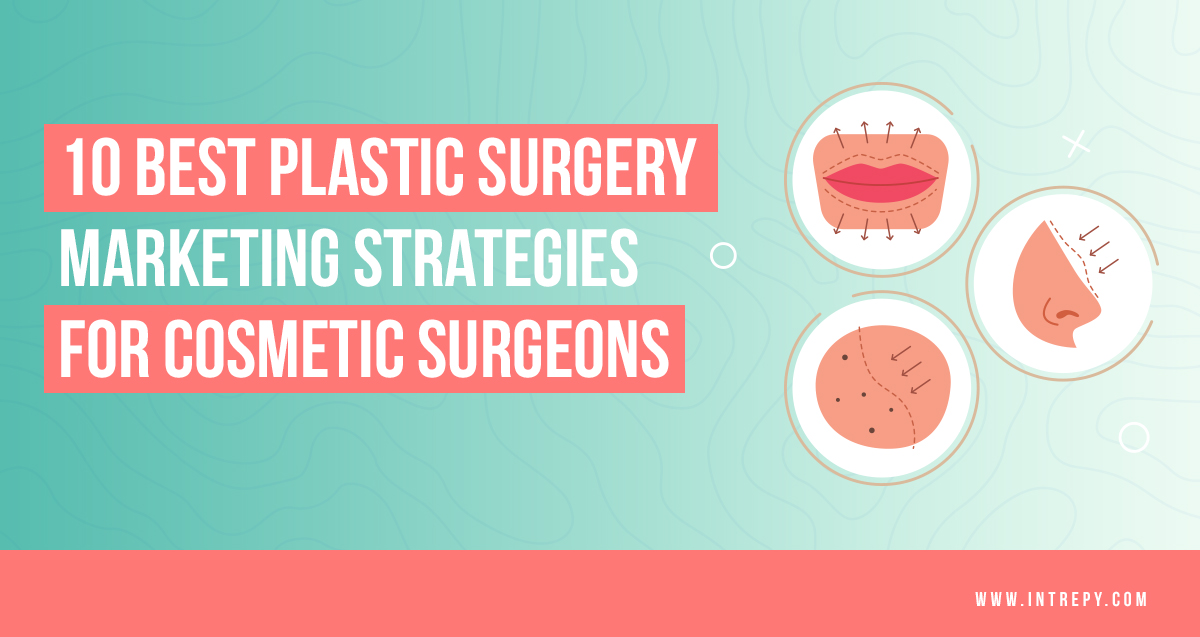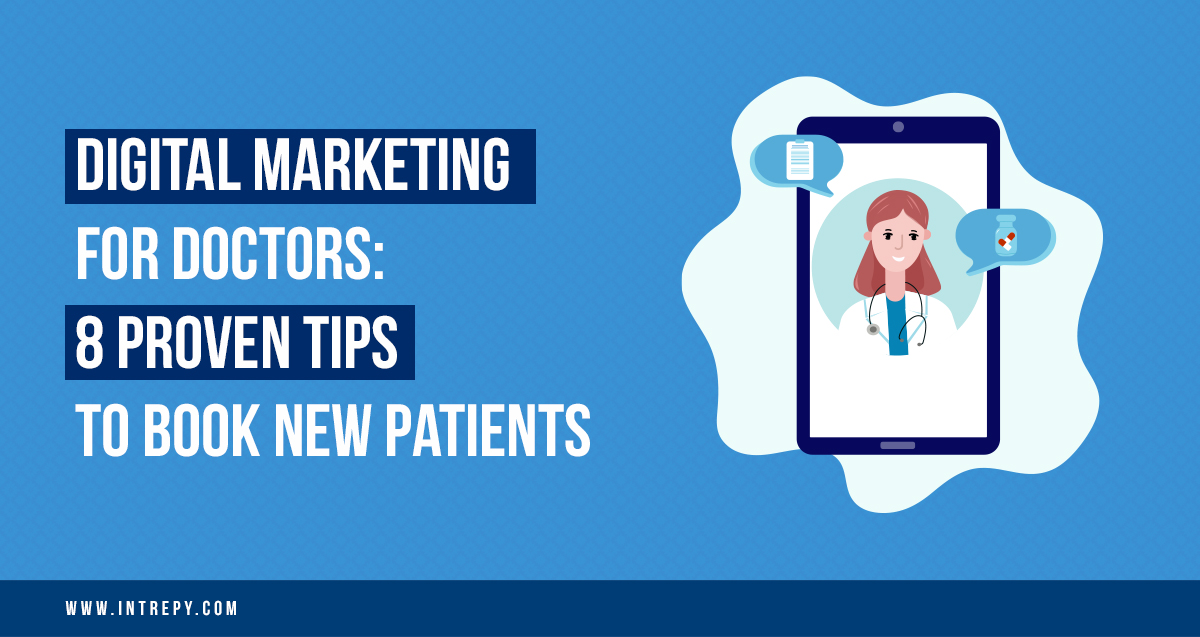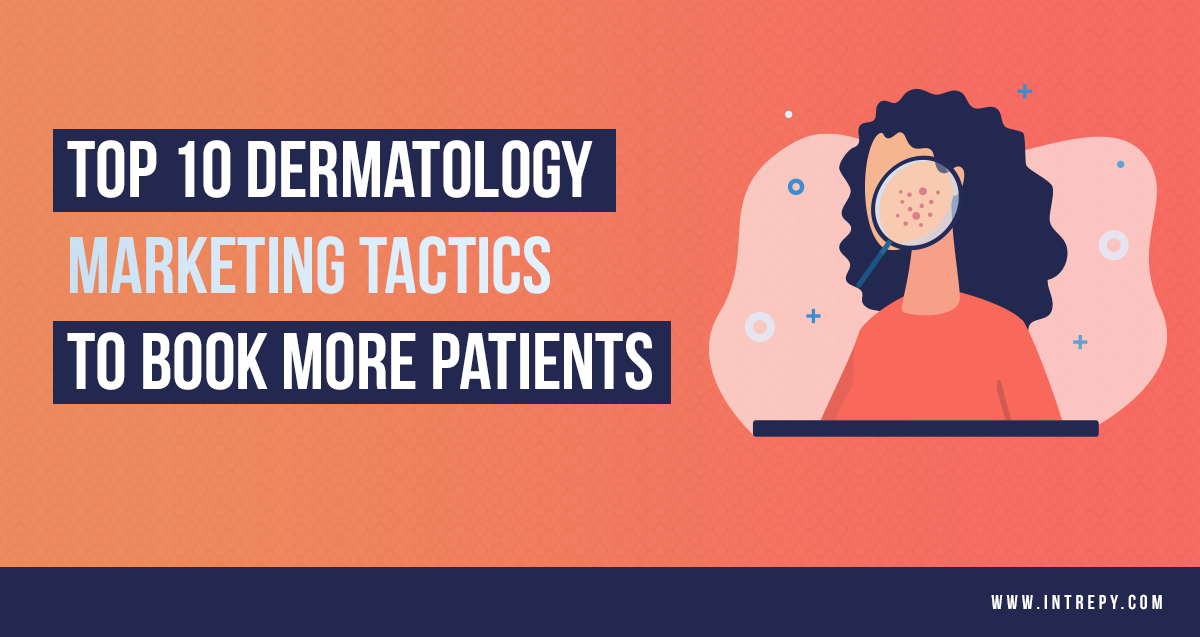In today’s episode, we are joined by the CareDash CEO, Ted Chan. CareDash has become one of the leading provider directories for helping patients connect with local, quality providers. We are discussing the role of reviews on the patient decision-making process, what makes up a good provider listing profile, and more marketing advice for doctors.
Welcome to Ted Chan from CareDash. If you’re a physician provider or healthcare marketer out there, I’m sure you’ve seen their meteoric growth over the last couple of years as now one of the largest physician provider directories.
Tell us a little bit more about CareDash.
CareDash is a patient review website and a physician directory. Last month, before all the coronavirus mayhem, we had over two million patients a month searching for care all over the US.
We started CareDash in 2015. The original genesis came because I have a loved one that has some chronic health issues. We found a lot of the review sites don’t care about stopping fake reviews. We saw both review spam, meaning physicians sending multiple, hundreds, sometimes, of five-star reviews, or reputation attacks, unhappy patients (or not) sending hundreds of one-star attacks.
If you scrutinized the review sites that existed two or three years ago and were indexing the top five in Google, you would have seen that they really didn’t care. 80% of patients are Googling their doctor, and having bad information impacts the patient-physician trust dynamic.
CareDash uses artificial intelligence and machine learning tools to weed out fake reviews and overlay interesting datasets to make the healthcare experience more transparent, to make our site most useful.
We started the CareDash in 2015 and launched in 2016. For two years we had no traffic. So imagine going to your board as a venture-backed startup with that. In ’17, we had less than 10,000 people for the whole year on the site. By 2018, CareDash was getting more reviews, and some of our value-added features were coming online. Since then, it has really been meteoric growth. Last February, 30 days, we had two million patients on the site.
Many providers just want to look the other way and just ignore reviews. But they play such an important role now in search, as well as research when it comes to patients. Talk a little bit about why they need to be focusing on growing their reviews as a provider.
To get discovered on a site like CareDash or any other directory, I think one of the first things patients are looking for is reviews.
CareDash sorts physician profiles based on strong reviews, strong biographies, and headshots. Reviews are a starting point. Having great bios helps a patient or a prospective customer get a more profound sense of who the physician is, what their expertise is.
The way I look at it is CareDash, and the other review sites are part of the patient journey on the web. So everyone’s Googling their doctor or practice. The behavior that we see is the patient searcher is putting in the query, the practice, the doctor name, or a structured search query like “top primary care physician” and “Corpus Christi.” Then they are looking at every page with reviews. Google’s the UI, hitting back after they look at the page, or looking at a few pages on the site and building a mental model in deciding whether this is the physician they want to book an appointment with, or keep as their doctor.
In a month where we get about two million folks on the site, we’ll send out over 100,000 clicks and calls to physician websites or phone numbers.
Any interesting analytical search trends shifts related to COVID-19?
The two most prominent query shifts from the patient search are way more telehealth and emergency. Telehealth makes sense.
We’ve seen an overall drop off in traffic because we get many of the queries right before or right after appointments. Right now, since people aren’t doing that sort of standard, routine care, so those queries aren’t happening at nearly the same volume. We’ve seen a massive lift in telehealth.
Emergency is an area that’s way up. The big one we’re seeing is emergency dental. The saddest one I’ve seen and one that worries me the most is queries around loneliness.
Mental health has one of the most natural transitions from a B2C marketing standpoint is now, without geographical borders, psychiatrists, and mental health therapists can see people all across the country. Have you seen teletherapy grow a lot?
CareDash has a great teletherapy search experience that focuses on helping patients find the right individual counselor. That area has grown a lot. We index high. We typically index in the top five for therapy.
So that’s one place where the trend is crystal clear of people looking for mental health support. Family strife, marital issues, depression are definitely things you see with the quarantine. Unfortunately, we’ll also see some of the bad things that happen with economic slowdowns, drug abuse, and alcohol. Mental health is going to be an area where patients need access to the right care.
Does CareDash use paid traffic to build its audience?
We do. As a scrappy startup that had no organic search, we had to start somewhere. To build up our initial user base and review base, we do mostly Google, Bing, and Facebook. We’ve been buying a fair amount of traffic for a while. We’ve stayed between 10% and 20% of our traffic being paid even as we have scaled.
What are important things for a practice to focus on right now?
It’s an excellent time to take a mid or long-term view. Right now is an opportunity to do the work and set up a big inbound funnel. Invest in SEO, on optimizing directories. At least the directories that bring patient traffic like CareDash and the other major ones
How should physicians and practices think about telehealth?
Telehealth is a huge shift and a new competitive paradigm. Specialties like dental may always be mostly local, but others can be highly virtual.
Whether it’s statewide or nationally, there’s potential gain to that or benefits to that.
If you’re an expert in something and those are the cases you want to work on, you probably don’t have critical mass locally to do that. You might nationally, statewide. It is an opportunity for physicians to be more focused, work in higher-margin areas to build a better lifestyle. Some doctors might like to telework more.
How does telehealth impact competition for patients?
The flip side of that is it means that big brands that carry authority and expertise with them, like say, a Mayo Clinic or a Cleveland Clinic, or a strongly branded local system can present itself anywhere and compete against you.
In the new telehealth paradigm, you want to be an expert. You want to have authority on specific medical topics that people are looking for. Whether that’s word-of-mouth, through directories, through search, you want your brand, your marketing, to present that expertise in a world where competition is just. You can have a health system in Cleveland competing against you for the same patient.
How does this change how people will look for patients?
These next three months to two years, it’s a new paradigm. People are going to be looking for healthcare in a completely different way. There will be a lot more “patient liquidity,” right? I’ve had the same primary care physician forever. This is the first time I’m even looking at things like tele-urgent care, tele-primary care.
I never thought about having a virtual primary care physician. Now I’m looking at SteadyMD or one of these virtual concierge practices. I can get a doctor that fits me better, and I don’t have to leave the office to see them so I can go right back to work. Maybe my primary care physician here in Boston is a badass CrossFit athlete, but he hasn’t told me.
Certainly, the local health system practice isn’t putting that in his bio. They might say hobby biking or something, but these digital health players are marketing better – this is about making a personal connection.
The art of storytelling, that’s why it’s so crucial for providers to be engaged in this process. As raw and authentic as you can be, the better.
How do you create a good profile for a site like CareDash?
In an excellent physician profile, a doctor communicates their expertise in a personal way that meets the needs of the patient that they want to bring into their practice.
Imagine you’re a shift worker with limited transportation and child care, and you’re paid hourly, and your boss is not understanding, you might just… The most important things to you might be price, courtesy, and timeliness.
If you are the world expert in some topic and patients, wait months to see you, and then two hours in the waiting room, just say it. “I’m the world’s best rheumatologist for people who have severe elbow pain. That’s a thing. Look, it’s very… I can be busy, but I can guarantee you this expertise.”
Just provide an authentic view of what your expertise is, map it to real patients’ needs in a way that resonates. Other data points like reviews are just going to corroborate that position.
What would you like to say even be remembered in 2020? Pick one word.
If I had to pick one word, it would be “hospitals.”
CareDash has become one of the leaders in hospital reviews. We have some very big initiatives in that area that we’re rolling out, that allow patients to see a different outcome and ranking metrics for hospitals. That’s a big push, that’ll come out later this year.
How do your hospital reviews differ from others?
We built our hospital review set through patient surveys and we found the average review is something like a 4.2 out of 5. If you look at the GMBs for hospitals, they’re ones and twos, a lot of systems don’t bother managing them, but everybody’s, even just for directions, they’re Googling and seeing that low GMB rating. It sets a bad mindset going into care, right?
If you work with hospitals and health systems, there’s a lot of people who really care and they’re really passionate about their job.
The American healthcare system’s not perfect by any stretch, but I think that sort of 4.2 out of 5.0 or 8 and a half out of 10 patients being happy with their care, feels about right to me. With the large horizontal sites, there’s a lot of complainer bias.
Hospitals do struggle with things like billing and communicating billing, and you see tons of complaints around that. So, that’s always gonna be an area where somebody is mad about getting overcharged. They are going to leave a negative review. The first place to do it, it’s GMB.
What should practices do about negative reviews?
CareDash has a reply function to reviews. Something like 15 or 20 of negative reviews get revised upwards after a thoughtful reply. They either get to leave it or revised.
So, it’s patients wanting to be heard. That’s interesting.
Yeah. Well, it is incredibly incoherent way I’ve just said, [chuckle] but 15 to 20% of negative reviews that get replied to results in that negative review getting removed or improved.
There are a few reasons for that. One is the patients want to be heard; two is they feel bad or realize the issue wasn’t a big deal. Three – it gets resolved. The reasons people write negative reviews, they want something resolved, and once it’s fixed, they don’t want something out there or to harm a physician’s reputation.
It’s why review management is so important. You see the review right away, it’s within a day of the appointment, and you resolve the issue quickly. If the review is up the day of the appointment and you don’t reply for two, three, four weeks, then it’s been festering, and the person might not be paying attention anymore, and it might be there forever.
Ted Chan Bio
A skilled innovator, strategist and social entrepreneur, Ted Chan has more than ten years of experience in management consulting and information technology solution architecture. He has dedicated his career to creating user-friendly digital solutions, data science, and analytics to transform everyday challenges facing consumers.
Ted created CareDash after noticing two troubling trends on healthcare review sites: healthcare providers serving certain segments of the U.S. population were underrepresented and many existing sites accepted financial compensation in exchange for removal of negative provider feedback. These practices have made access to information about the quality of provider care more difficult for large segments of Americans. Utilizing his background in creating consumer-facing technology and personal interest in social entrepreneurship, Ted created CareDash to address the need for transparency and improve the quality of healthcare information available for all Americans.
Connect With Ted:
Episode Links:
Read Or Download Full Transcript for Episode #120
Looking for a key quote? More of a reader?
Read or download a free PDF transcript of this episode
Subscribed Yet? Now you can
Subscribe to the Patient Convert Podcast and never miss a new episode!
Subscribe for emails or using your favorite podcast app via:
Google Play
What Else We Do
Check out our physician liaison training platform – Physician Liaison University
Leave a Rating & Review for Other Listeners!
I hope that you have found this episode and any others you have listened to to be helpful in your growth as a healthcare marketer or practice owner. Please consider leaving a review on one of the channels above.
The best way to do that is to rate the podcast on Apple Podcasts and leave us a brief review! You can do the same on Stitcher as well.
Your ratings and reviews help get the podcast in front of new listeners. Your feedback also lets me know how I can better serve you.
Thanks for listening. Kelley Knott





